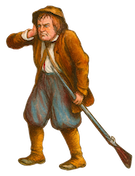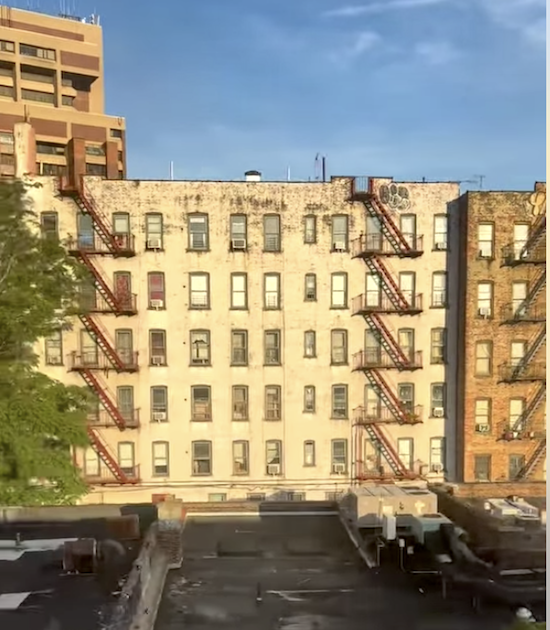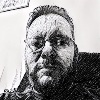I was listening to a recent Vergecast episode the other day, and in there, there was a whole segment about MCP servers and AI-powered shopping. I’ll be honest, I’ve never been more confused about something tech-related. The more I read and listen about this whole topic, the more I think everyone is doing a marvelous job at gaslighting themselves. Or maybe I’m just too skeptical, that’s always a possibility.
There’s a passage in that podcast where they’re discussing the issue of current middleman apps, like DoorDash, taking a cut out of every transaction, and that being a motivating factor for stores to implement MCP so that AI agents can talk directly to them, skipping the DoorDash step, and in this way they can avoid having to give the middle man that %. Wonderful idea. This all sounds great in theory. There are a couple of issues with that plan, though:
-
Are we just assuming the AI companies are not going to become the new middleman? Because this is exactly what they are in this scenario. And I have precisely zero faith in any of these companies. They will inject themselves into every transaction if they can because it’s what every single company is attempting to do online since forever.
-
Are we just assuming the current middlemen are simply going to roll on their side and die? Or it’s more likely that they’ll work out a deal with the AI companies, and suddenly you have two middlemen instead of one.
-
This entire idea that we’ll just ask AI tools to place orders and buy stuff for us is so fucking insanely crazy to me. I hear people both criticize current tech companies for doing all sorts of shady stuff when it comes to online prices and then be on board with the idea of letting AI companies buy stuff for them, trusting that they're not going to do some equally shady stuff? Am I the only one who thinks this sounds insane?
And then there are the people who are confident that we’ll not be using AI tools powered by mega corps, but we’ll all have our own servers at home, with our own local AI models. And I don’t even know where to start with this one. Most people aren’t even capable of running a printer at home. There are precisely zero chances we’ll suddenly all have a server running local AI tools. Heck, most people don’t even have a computer at home. People use phones for the most part, and they’ll use what’s available on them. And you think Apple and Google will give us all AI tools that run locally on our devices and will not try to extract as much value as possible from them?
I don’t know, man, this whole scenario sounds like another nightmare waiting to happen to me. But maybe I’m just becoming a tired old man yelling at the digital clouds.
Thank you for keeping RSS alive. You're awesome.
Email me ::
Sign my guestbook ::
Support for 1$/month ::
See my generous supporters ::
Subscribe to People and Blogs




